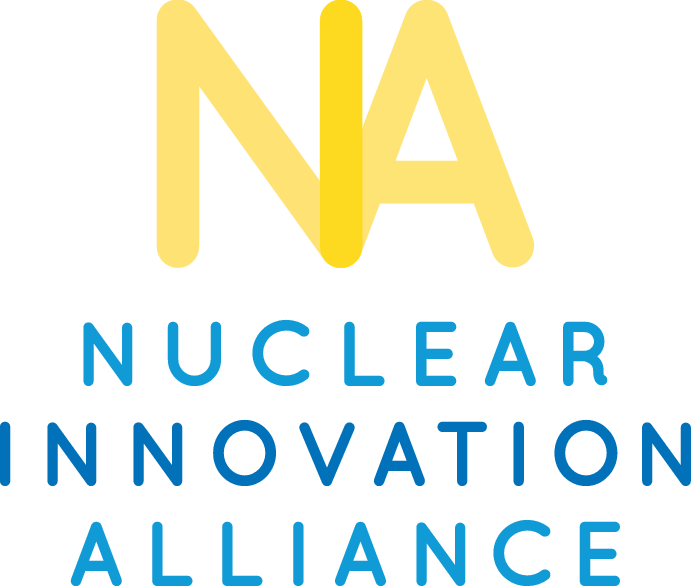
WASHINGTON D.C. The following is the executive summary of an NIA brief published by NIA on February 24, 2023. To view the entire NIA brief, click here.
This spring, the Nuclear Regulatory Commission (NRC) will make a decision with important implications for the future of advanced nuclear energy and for the United States’ ability to address its climate and energy security challenges. A flawed but fixable draft rule for licensing advanced reactors is coming before the NRC’s five Commissioners this month. This moment requires the Commission to exercise its leadership role and provide clear and specific direction to NRC staff and management. With the right Commission direction, the capable NRC staff can modify the rule so that it will enable the safe and rapid deployment of gigawatts of new clean energy in the United States in the next two decades.
NRC is now positioned to create a new regulatory framework for advanced reactor licensing. Many stakeholders are concerned, however, that NRC’s proposed new advanced reactor regulatory framework (10 CFR Part 53) is incorporating the same flawed structure and prescriptive analytic and programmatic requirements that make nuclear reactor licensing challenging today. The issues in the NRC’s proposed approach are due, in part, to the challenges of preparing a novel rule subject to complex constraints in a short period of time and an imperfect approach to balancing regulatory predictability and flexibility in a new licensing rule.
The Nuclear Innovation Alliance (NIA) believes that while the current draft proposed rule would not facilitate the effective and efficient licensing of advanced reactors, the NRC could create a transformative new rule by making specific changes to the rule structure. Resolving the differences between NRC staff and external stakeholders requires rethinking how to balance regulatory predictability and flexibility while taking advantage of the extensive work the NRC staff has already done. Restructuring the draft rule to focus on ensuring applicant compliance with performance-based regulatory requirements applicable to all reactors would enable applicants to select the methods, programs, and design features that will ensure safety. A vast majority the draft proposed rule requirements can be retained but moved to regulatory guidance or non-mandatory appendices of the rule text to provide optional pathways for applicants that are interested in using a more prescriptive, predictable process. This solution represents a bridge from the current proposed draft Part 53 rule to a regulatory framework that resolves major differences between NRC staff and external stakeholders.
The NRC Commission is in the best position to redirect the Part 53 rulemaking process, and realign NRC staff and external stakeholders. The NRC staff is expected to submit the proposed draft Part 53 rule package to the NRC Commission for their review and approval in February 2023. The Commission can decide to change the structure of the rule to better align with a safety requirement framework described by NIA and others, and work with NRC staff to convert existing draft safety requirements and operational program requirements into optional regulatory guidance or non-mandatory appendices of the rule text for applicants. The NRC has the opportunity to create a regulatory framework in 10 CFR Part 53 that will provide both regulatory flexibility and predictability for advanced reactors and enables the commercialization and deployment of advanced nuclear energy.
Acknowledgement: Patrick White, Project Manager, Nuclear Innovation Alliance